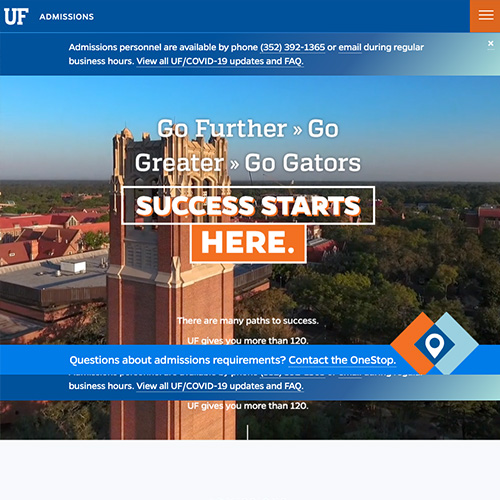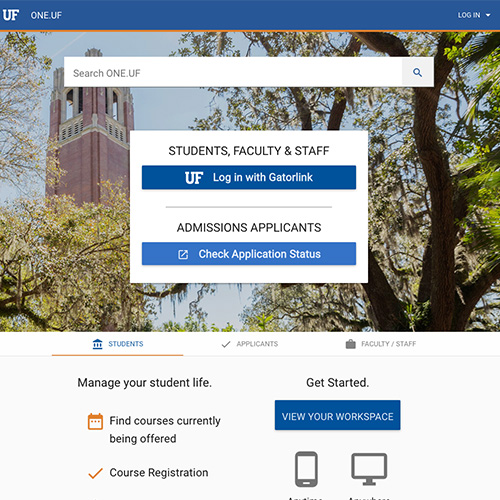FEAP 1 d.-Selects appropriate formative assessments to monitor learning
Printable Version (.pdf)
|
Unsatisfactory |
Developing |
Accomplished |
Exceptional |
| The teacher plans to have his 9th graders color in the worksheet after memorizing the parts of the microscope. (D)
The teacher marks papers on the foundation of the U.S. constitution on the basis of grammar and punctuation; for every mistake, the grade drops from an A to a B, a B to a C, etc. (D) After the students present their research on globalization, the teacher tells them their letter grade. (D) When students ask how he has arrived at the grade, he responds, “After all these years in education, I just know what grade to give.” (D) The teacher says, “What’s the difference between formative assessment and the test I give at the end of the unit?” (D) The teacher says, The district goal for the Europe unit is for students to understand geopolitical relationships. The teacher plans to have the students memorize all the country capitals and rivers. (D)
|
The teacher’s lesson plans are written on sticky notes in his grade book; they indicate lecture, activity, or test. (D)
The teacher’s students receive their tests back; each one is simply marked with a letter grade at the top. (D) The plan indicates that the teacher will pause to “check for understanding” but without a clear indication of how that is to be done. (D) A student says, “If half the class passed the test, why are we all reviewing the material again?” (D) The teacher had students do a Mad Minute and records their results. (M) |
Mr. K knows that his students will write a persuasive essay on the state assessment; he plans to have them write a variety of persuasive essays as preparation. (D)
Ms. M has worked on a writing rubric for her research assessment; she has drawn on multiple sources to be sure the levels of expectation are clearly defined. (D) After reading the students’ notebooks, the teacher asks students to revise the entries in their notebooks to clarify and add to previous information. (M) The teacher had students do a Mad Minute and compared their results to that of the previous week to monitor progress. (M) |
After the cooperative group lesson, students will reflect on their participation and make suggestions for new group arrangements in the future. (D)
Mr. C creates a short questionnaire to distribute to his students at the end of class; on the basis of their re-sponses, he will organize them into different groups during the next lesson’s ac-tivities. (D) To teach persuasive writing, Ms. H plans to have her class research and write to the principal on an issue that is important to the students: the use of cell phones in class. (D) Mr. J’s students will write a rubric for their final project on the benefits of solar energy; Mr. J has shown them several sample rubrics, and they will refer to those as they create a rubric of their own. (D) After the lesson Mr. L asks students to rate their understanding on a scale of 1 to 5; the students know that their rating will indicate their activity for the next lesson. (D) The teacher had students do a Mad Minute and had students compared their results to that of the previous week to monitor progress. (M) |
Where noted, examples based on:
“(D)” – Danielson C. (1996). Enhancing professional practice: A framework for teaching. Alexandria, Va: Association for Supervision and Curriculum Development.
“(M)” – Marzano, R. J. (2007). The art and science of teaching: A comprehensive framework for effective instruction. Alexandria, Va: Association for Supervision and Curriculum Development.
Additional resources to assist evaluators:
Good general discussion of what formative assessment is why we need it:
http://www.youtube.com/watch?v=rJxFXjfB_B4&feature=related
Article providing general overview of assessments and a general framework:
http://www.eduplace.com/science/profdev/articles/badders.html
Article providing more insight into formative assessment and when best to use it in K-8 classrooms:
http://www.scholastic.com/teachers/article/what-are-formative-assessments-and-why-should-we-use-them
Article providing more insight into formative assessment and when best to use it in secondary classrooms:
http://www.oecd.org/edu/ceri/35661078.pdf
Samples of formative assessments activities:
http://wvde.state.wv.us/teach21/ExamplesofFormativeAssessment.html
Formative Assessment Strategies for ELL students:
http://www.caslt.org/resources/english-sl/classroom-resource-form-assess-toc-esl_en.php




